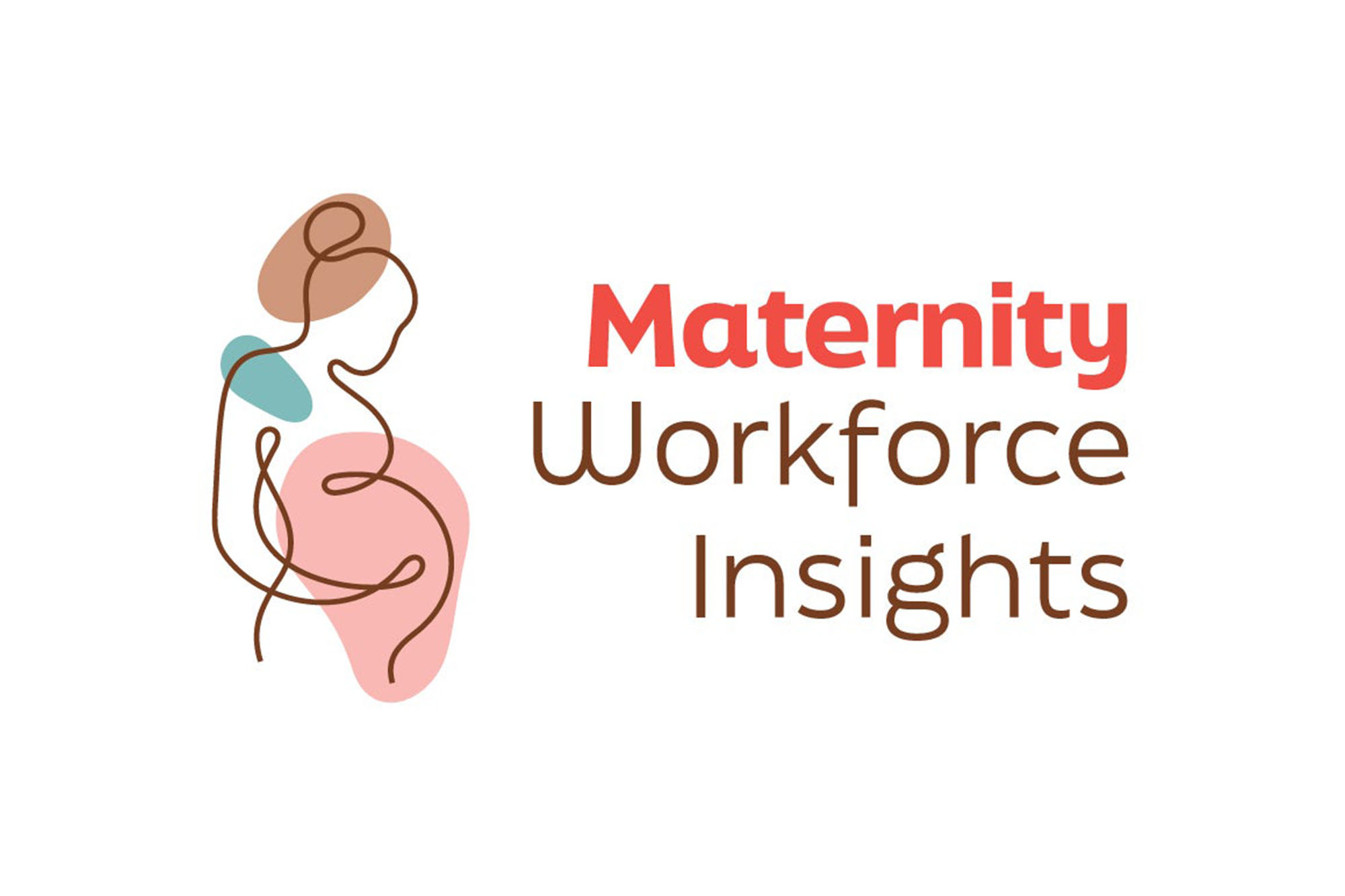Download
Jump to All Downloads & LinksWhy This Work Matters
Childbirth is the number-one reason for hospitalization in California and in the US. In California, there are 500,000 births each year (one-eighth of all US births), half of which are paid for by Medi-Cal. From approximately 2005 to 2015, the cesarean-section (c-section) birth rate rose by 50% nationwide. In 2015, about one-third of all babies were born via surgery — significantly more than the federal Healthy People 2020 goal of 23.9% for low-risk deliveries. At that time, this upward trend was seen across all demographics, and California hospitals showed significant, unwarranted variation (ranging from 7% to 70%) in the rate of c-sections performed.
Unnecessary c-sections are a health equity issue since c-section rates are higher among people of color. Nearly 36% of Black infants, 32.3% of American Indian and Alaska Native infants, and 31.3% of Asian and Pacific Islander infants were delivered by c-section between 2018 and 2020.
Overuse of c-sections matters because, while often lifesaving in limited circumstances, the surgery also brings serious risks for babies (such as higher rates of infection, respiratory complications, and neonatal intensive care unit stays, as well as lower breastfeeding rates) and for mothers (such as higher rates of hemorrhage, transfusions, infections, and blood clots).
Additionally, once a mother has had a c-section, she has a greater than 90% chance of having the procedure for subsequent births — leading to higher risks of major complications, such as hysterectomy and uterine rupture. Vaginal births after cesarean are still unavailable in many California hospitals. The state average for vaginal births after cesarean is only 16.2%.
Unnecessary c-sections also drive up costs of care. The total average payment for c-sections is nearly 50% higher than for vaginal births, not including associated costs (for example, hospital readmissions, home care, and subsequent c-sections).
Approach and Goal
From 2012 to 2015, the Robert Wood Johnson Foundation funded the Purchaser Business Group on Health (PBGH), in partnership with the California Maternal Quality Care Collaborative (CMQCC), to conduct a pilot in three California hospitals to test practical approaches to lowering the rates of unnecessary c-sections. This pilot approach successfully reduced low-risk c-section rates by 20% in less than one year in the three participating hospitals.
Building on the lessons from this pilot and in partnership with many stakeholders in the state, in 2015 CHCF launched a statewide initiative to lower the state’s c-section rate for low-risk mothers to under 23.9% by 2020. To bring about this change, CHCF funded projects in transparency/monitoring/data, delivery system interventions, payment/purchaser requirements, patient engagement, and policy. From 2015 to 2020, CHCF invested $4.4 million in this effort. We ended our financial support of this statewide work at the end of 2020, in keeping with our funding model to seed efforts and get them to a place where they will go on without foundation support.
CHCF worked with many partners including but not limited to the California Department of Health Care Services, California Public Employees Retirement System (CalPERS), CMQCC, Consumer Reports, Covered California, Hospital Quality Institute, Integrated Healthcare Association, PBGH, and both state and national specialty provider societies.
Accomplishments to Date
In 2014, rates of low-risk first-birth cesarean were 26.0% in both the US and in California. By 2019, rates in California surpassed the Healthy People 2020 goal of 23.9% — decreasing to 22.8%, a relative risk reduction of 12.3% and an absolute risk difference of 3.2%. This significant accomplishment — the results of many stakeholders doing hard work together — happened in California over the same period that rates in the rest of the US did not change.
An evaluation of California’s work to reduce unnecessary c-sections concluded that the efforts were both effective and safe. A summary of California’s efforts to reduce unnecessary c-sections was published in the Journal of the American Medical Association in 2021.
Although CHCF has officially ceased funding in this space, the work continues in the state by the many partners committed to providing safe, effective, and patient-centered maternity care. The COVID-19 pandemic has been associated with a concerning rise in c-section rates. It remains to be seen whether progress can continue to be made and whether the improvements made will hold over the long term.
Initiative Highlights
- Transparency/monitoring/data. Valid, reliable, and timely performance data are critical. With the low-cost, low-burden California Maternal Data Center, providers can track key maternity measures at the hospital level, as well as drill down to physician and patient data. Hospital-level metrics are also publicly available at www.CalHospitalCompare.org.
- Delivery system intervention. Providers need help to lower c-section rates. The California Maternal Quality Care Collaborative developed a toolkit for providers, and is running a statewide quality improvement initiative for implementation in California hospitals.
- Patient engagement. To make informed care choices, patients need to understand both the benefits and substantial risks of undergoing a c-section, as well as the variation that exists in quality of care. CHCF helps to make maternity care quality metrics publicly available on CalHospitalCompare.org and is partnering with consumer-focused organizations, such as Consumer Reports and Yelp. CHCF also aims to reach women by partnering with University of Southern California’s Hollywood, Health and Society to incorporate more accurate depictions of maternity care into TV programming.
- Payment/purchaser requirements. Some payers are paying more for c-sections than vaginal deliveries. CHCF is supporting projects to address disconnects in the marketplace and align incentives with desired outcomes, such as efforts with Integrated Healthcare Association, Smart Care California, and Purchaser Business Group on Health.
- Policy. Medi-Cal pays for half the births in the state, making maternity care an important policy issue. CHCF educates Sacramento legislators and their staff via publications and briefings such as our 2014 Sacramento event, “Improving Maternity Care in California.”
Background on Maternity Care in California
- A CHCF Almanac report describes the status of maternity care in the state, including available statewide data that relates to maternal mental health. (November 2019)
- The Listening to Mothers in California survey collected the opinions and experiences of mothers about maternity care. Cofunded by the Yellow Chair Foundation, and conducted by a team led by the National Partnership for Women and Families, the survey was fielded in English and Spanish. It is based on the widely cited Listening to Mothers survey that has been conducted multiple times nationally, but never before at the state level or in Spanish. (September 2018)
Learn More
For more information, contact CHCF’s Stephanie Teleki.





